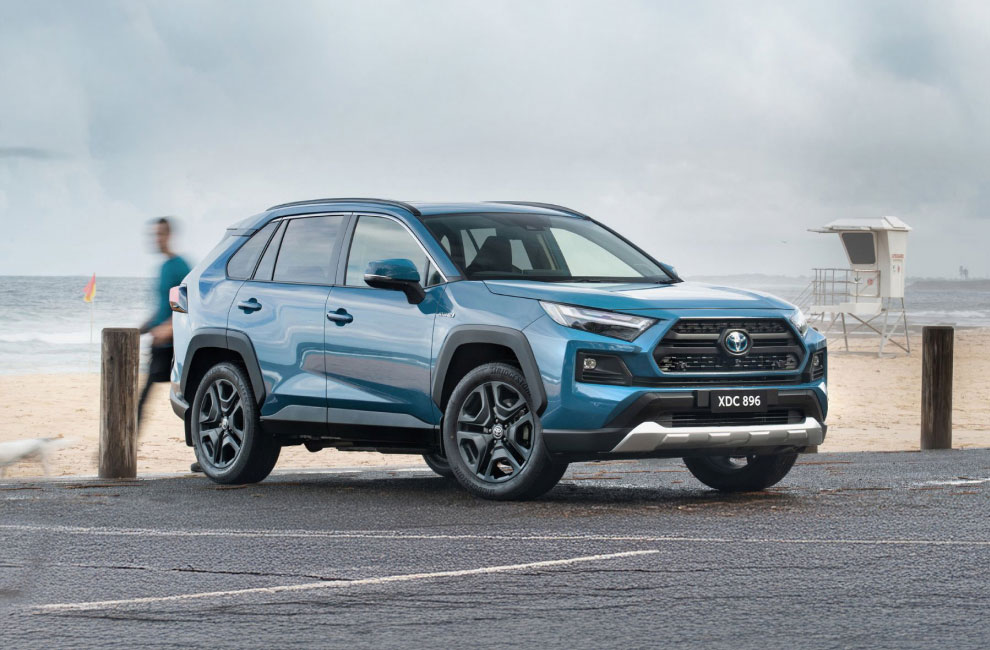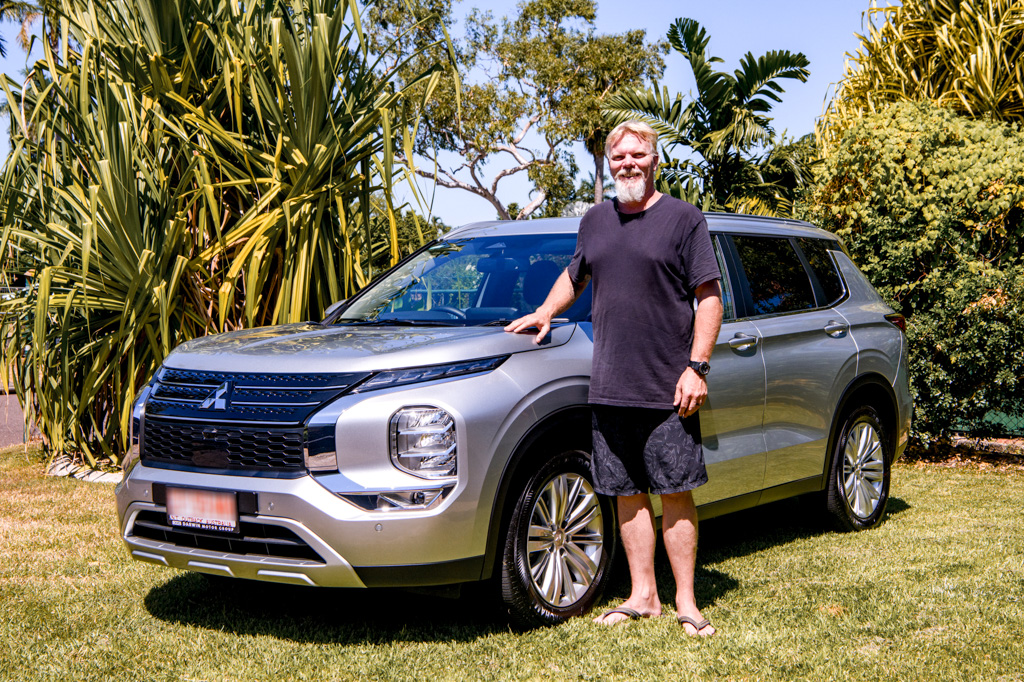The future of clean, green motoring is here – and it’s time to take the plunge into the world of electric vehicles (EVs). Australia is leading the way in this exciting shift towards sustainable transport, and now more than ever, we have fantastic options for those looking to upgrade their existing car with an EV choice. With current generous government incentives such as the FBT (Fringe Benefits Tax) exemption, plus all-new models hitting the market, there has never been a better time to embrace clean energy transportation. Whether you’re a driver wanting a vehicle that will save you money on fuel costs, or an environmentalist looking to make the world just that bit greener each day; investing in an EV may be the perfect next step.
How much do electric vehicles cost?
As of November 2022, new EVs and PHEVs* purchased after July 1st, 2022 and priced under the luxury car limit of $89,332 are exempt from FBT. This tax exemption gives employees the opportunity to salary package an EV from their employer to enjoy a sizeable tax benefit.
Here’s a few things to note:
- To be eligible for the exemption, the car must be classified as zero or low emissions, i.e. battery electric vehicles, hydrogen fuel cell electric vehicles and plug-in hybrid electric vehicles.
- The bill applies to fringe benefits on an eligible vehicle that is first held and used on or after 1 July 2022.
- The EV must be priced under $89,332, the luxury car tax threshold.
- If the EV was purchased before 30 June 2022 but wasn’t delivered by this date, it might still be eligible for the exemption.
- The FBT exemption can also apply to second-hand electric cars as long as they are considered a car for fringe benefits purposes**
Before this bill was passed, you would have expected to pay 20% of the FBT base value of the vehicle as a post-tax deduction from your salary. Now, with this change, the total amount is calculated and deducted before-tax so you, as the employee, is not paying any FBT or income tax on your new eligible EV or PHEV. In a nutshell, if the EV price is under $89,332, you can get that vehicle on a novated lease completely tax-free and the government has projected potential savings of $4,700 for employees based on a $50,000 EV.
Which electric vehicles are available in Australia?
For anyone in the market for an electric vehicle, it can be quite confusing to understand which vehicles are eligible for which state and federal incentives. At the time of writing, there are 36 fully electric models from 18 different car makers available in the Australian market. We took a look at the top ten EV’s available in Australia and which incentives they’re eligible for. From the starter Hyundai Konda (starting at $29,490) all the way up to the luxury Kia EV6 – ‘Wheels Car of the Year 2022’ and 2022 ‘Carsales Car of The Year’ we take a look at each model and which governmental incentives they are eligible for.
“Generous new exemptions have opened up electric vehicle ownership to a whole new cohort of Australians."
Thomas Devine-Turner
How do electric vehicles work?
Electric vehicles (EVs) are cars or other vehicles that are fully or partially powered by motors that run on electricity rather than liquid fuels. There are currently four main types of EVs: fully electric or Battery Electric Vehicles (BEVs), Plug-in Hybrid Electric Vehicles (PHEVs), Hybrid Electric Vehicles (HEVs) and Fuel Cell Electric Vehicles (FCEVs).
What are the differences between BEVs, PHEVs, HEVs and FCEVs?
- Battery Electric Vehicles (BEVs) are fully-electric cars, meaning they do not have a petrol, diesel or LPG engine, fuel tank or exhaust pipe. BEVs are also known as ‘plug-in’ EVs because they use an external electrical charging outlet to charge their batteries. Since they don’t produce any harmful emissions, they are classified as ZEVs (Zero Emission Vehicles).
- Plug-in Hybrid Electric Vehicles (PHEVs) are powered by both electricity and liquid fuel. They are plugged in to charge the battery and use a liquid fuel engine when the electricity is depleted. PHEVs are also called LEVs (Low Emission Vehicles) since their exhaust emissions are lower than similar liquid vehicles.
- Hybrid Electric Vehicles (HEVs) recharge their batteries without plugging in. They use regenerative braking to convert kinetic energy into electricity and recharge the battery. Hybrids are also classified as LEVs.
- Fuel Cell Electric Vehicles (FCEVs) use hydrogen and oxygen to generate electricity through a chemical reaction in a fuel cell. FCEVs provide a greater range than batteries or supercapacitors, which power BEVs. Since they only emit water vapour and warm air, they are also considered ZEVs (Zero Emission Vehicles).
How much does it cost to charge your electric vehicle?
Leading electric vehicle websites and EV charging station operators suggest that the cost of charging an electric car relies on three primary factors: the location of the charging, whether it is at a commercial station or home, the type of charging station utilised, and the battery size of the electric vehicle.
While it is relatively straightforward to calculate your petrol usage, the formula for calculating energy usage for an electric vehicle is a bit more complicated – EV Battery Size (kWh) x Electricity Rate ($ per kWh) = Charging Cost ($). The specificities of how much an electric vehicle would cost to charge rely on the model and battery model. To make it even cheaper, you can use your charger off-peak, or make use of solar panels to reduce your footprint.
Don’t forget to consider the cost of the charger, too. AGL have electric vehicle chargers priced from $1399 all the way up to $1899, excluding installation costs.
Did you know that with a Flare EV Novated lease you get:
- The car you want, now. You don’t need a deposit, just a refundable order fee, plus our team will help you source your new car and organise a test drive.
- The best pricing. Benefit from Flare’s buying power and save yourself the hard work. Our car experts negotiate on your behalf and secure the best EV and hybrid deals for you.
- Save on tax and running costs. Enjoy significant tax savings and less GST on your car purchase, electricity mileage, servicing and maintenance.
- Easy budget management. Avoid hidden expenses and spread your bills throughout the year by bundling up your finance and running costs like electricity mileage, servicing, maintenance and rego into one convenient monthly payment.
*The legislation includes a sunset clause on PHEVs – they will be exempt from FBT before the 1st of April 2025.
**For fringe benefits tax (FBT) purposes, a car is any of the following: a sedan or station wagon, any other goods-carrying vehicle with a carrying capacity of less than one tonne, such as a panel van or utility (including four-wheel drive vehicles) or any other passenger-carrying vehicle designed to carry fewer than nine passengers.






